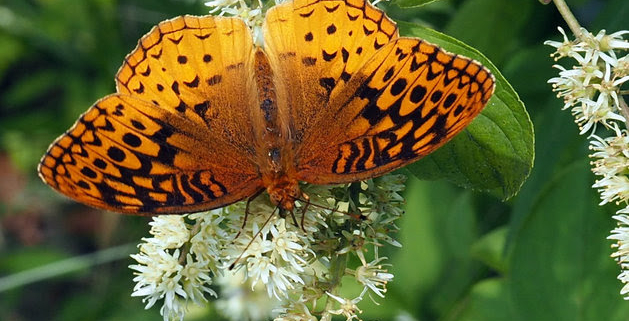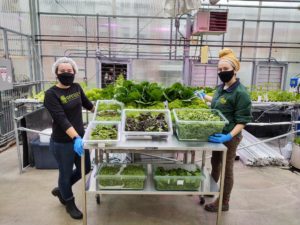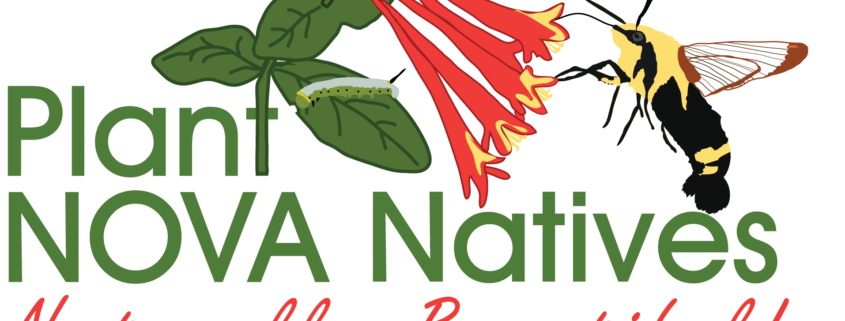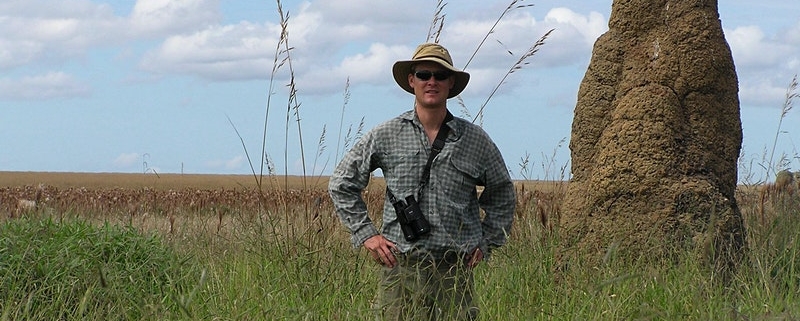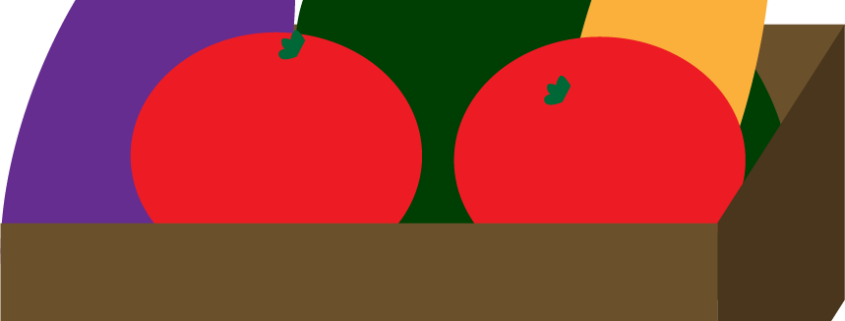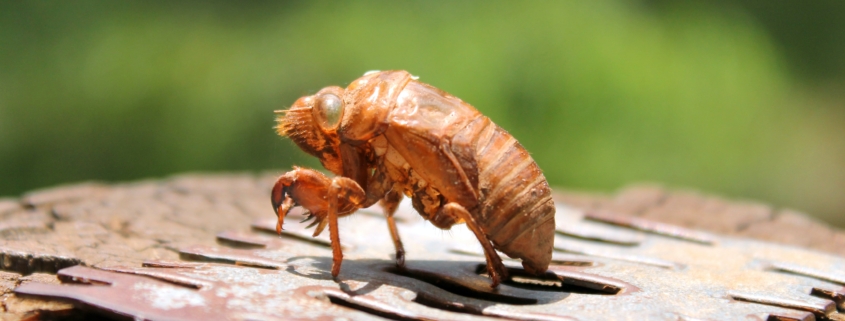Article by FMN Kim Schauer
MyTree is one of the many tools within the iTree suite of free online tools that uses peer-reviewed, USDA Forest Service research to quantify the benefits and values of trees, and iTree’s tools will get a software update on May 3 that will embed the latest USFS science.
You can get an itemized list of ecosystem services (and an estimate of the monetary value of those services) by visiting the MyTree online app and entering details about the species, health, size and location-relative-to-your-home of your specific tree.
For example, MyTree indicates that a 40″ diameter sweetgum in excellent health in full sun within 20′ of a Mt. Vernon home that was built between 1950-80 on its northeast side:
• intercepts 1,594 gallons of rainfall annually
• avoids 247 gallons of runoff annually,
• sequesters more than 13 lbs. of carbon dioxide annually,
• saves 192 kWh of electricity in reduced air conditioning costs annually
• has stored 30,277 lbs. of carbon dioxide over its lifetime.
MyTree is a helpful tool to give evidence that just leaving a tree standing and/or hiring a certified arborist to protect and preserve a tree can be a worthwhile investment. This tool is mostly meant to analyze individual trees.
A few of the other tools in the suite include:
–iTree Design (for parcel-level analysis)
–iTree Canopy (use aerial photos to estimate benefits of trees)
–iTree Hydro (to quantify stormwater benefits)
–iTree Species (estimate the benefits of different species)
–iTree Planting (quantify future benefits of a new tree-planting project)
As a side note, anyone who is collecting tree data with MyTree might also be interested in learning about NASA’s very cool citizen science project, GLOBE Observer: Trees. Using the app helps NASA improve and ground truth satellite data and track biomass gains/losses.
The GLOBE Observer: Trees app
1. Open the GLOBE Observer: Trees app.
2. Take a photo of a tree.
3. Walk to the tree (so the app can record the distance).
4. The app calculates the estimated height of the tree.
5. Enter more optional data to add to the value of your observation.
6. Contribute to to NASA scientists’ understanding of the world’s canopy!
Below is an excerpt from the GLOBE Observer: Trees webpage:
Tree height is the most widely used indicator of an ecosystem’s ability to grow trees. Observing tree height allows NASA scientists to understand the gain or loss of biomass which can inform calculations of the carbon that trees and forests either take in from or release into the atmosphere. Tracking how trees are changing over time can help us estimate the number of trees that make up an area. Learn more about the science of trees, and how NASA studies them, on the Trees Science page.
Here’s a 4/21/21 article about it:
Science is Better Together: The Real-World Benefit of the NASA GLOBE Observer Trees



